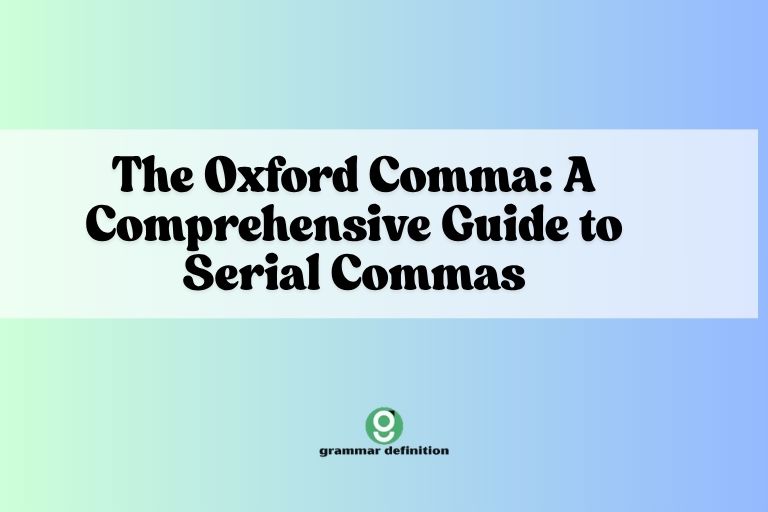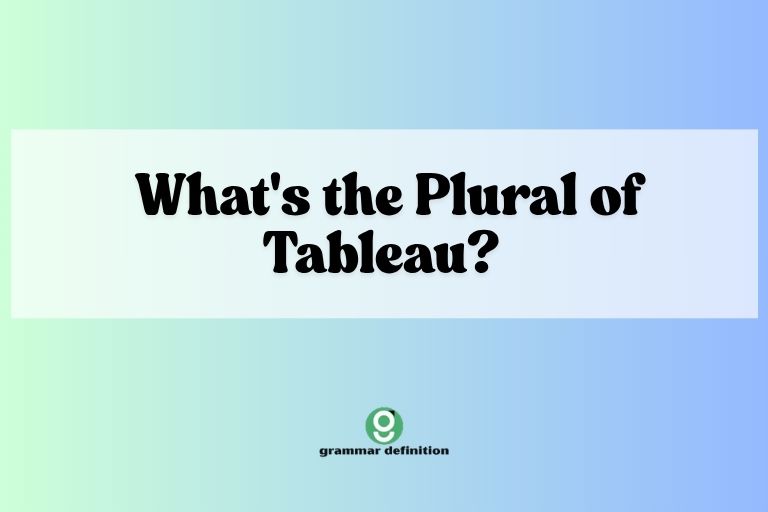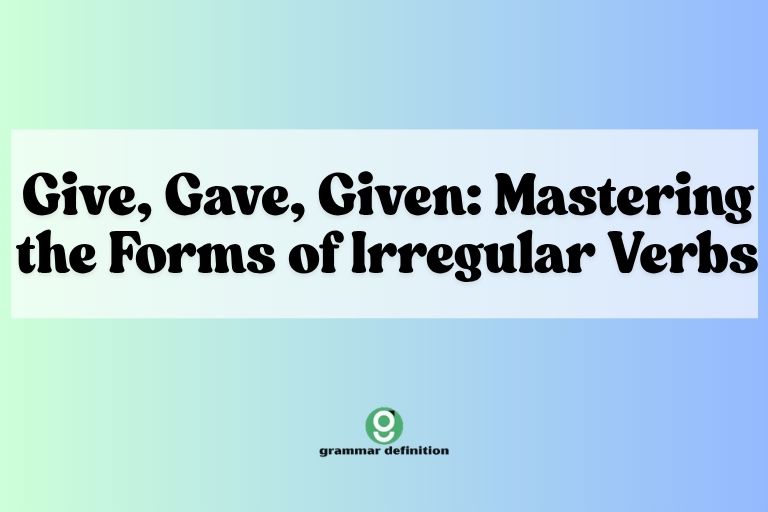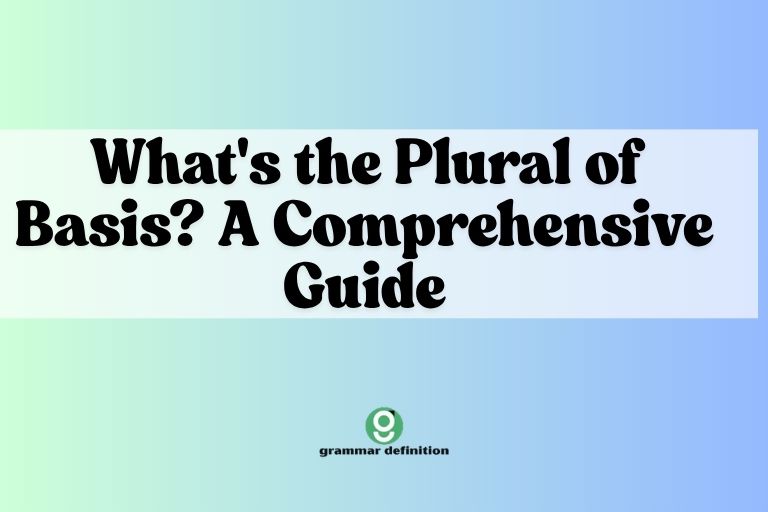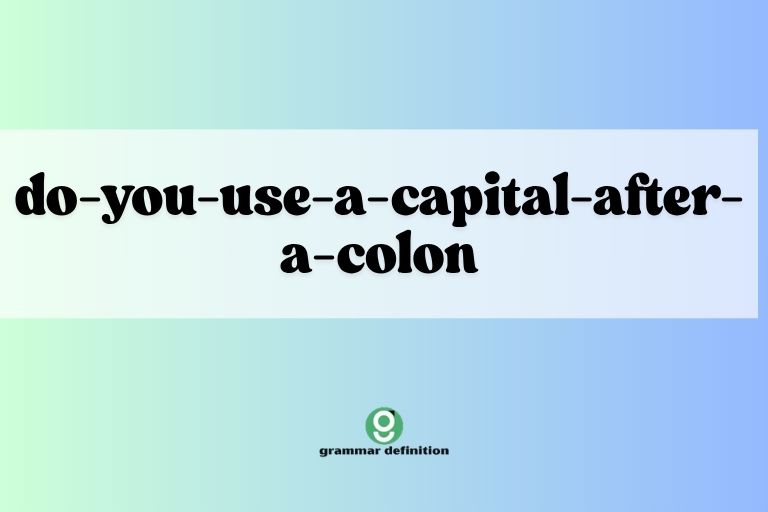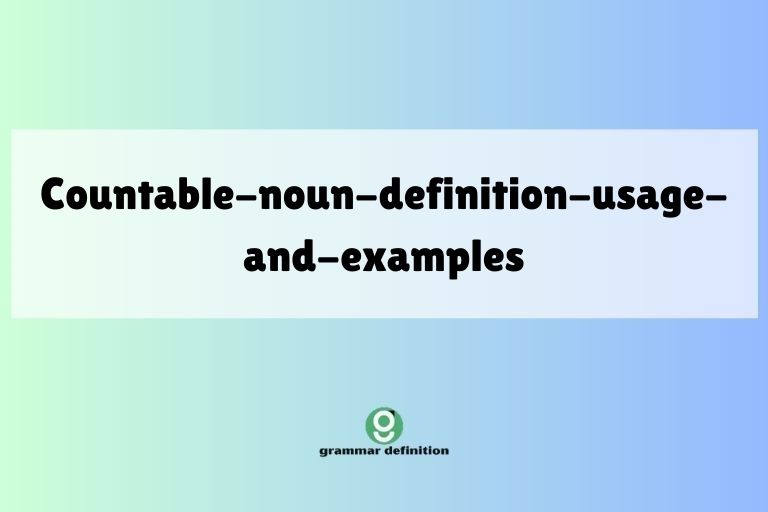Similes in Literature: Definition, Examples, and Usage
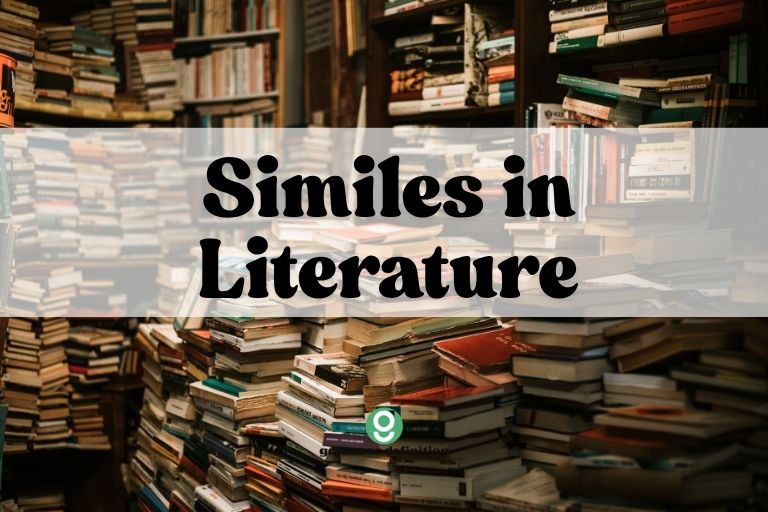
Similes are a powerful tool in the arsenal of any writer, allowing them to paint vivid pictures and create deeper connections with their readers. Understanding similes and how to use them effectively is crucial for both reading comprehension and writing proficiency.
This article provides a comprehensive guide to similes, exploring their definition, structure, types, and usage through numerous examples drawn from literature. Whether you’re a student, a teacher, or simply a lover of language, this guide will enhance your understanding and appreciation of this essential literary device.
This article is designed for anyone who wants to improve their understanding of similes, including students studying literature, English language learners, and writers looking to enhance their descriptive skills. By the end of this article, you’ll be able to identify similes, understand their function in writing, and create your own effective similes.
Table of Contents
- Definition of Simile
- Structural Breakdown of a Simile
- Types of Similes
- Examples of Similes in Literature
- Usage Rules for Similes
- Common Mistakes When Using Similes
- Practice Exercises
- Advanced Topics: Simile vs. Metaphor
- Frequently Asked Questions
- Conclusion
Definition of Simile
A simile is a figure of speech that directly compares two different things using the words “like” or “as.” The purpose of a simile is to create a vivid image or convey a specific quality by associating one thing with another that shares a similar characteristic. Similes add depth and color to writing, making it more engaging and memorable for the reader.
Unlike metaphors, which imply a resemblance, similes explicitly state the comparison.
Similes are commonly used in both prose and poetry to enhance descriptive writing. They allow writers to draw parallels between familiar and unfamiliar concepts, making it easier for readers to understand and visualize the subject matter.
A well-crafted simile can transform a mundane description into a striking and evocative image.
The effectiveness of a simile depends on the clarity and relevance of the comparison. The two things being compared should share a noticeable characteristic that is relevant to the context.
A strong simile creates a clear connection in the reader’s mind, enhancing their understanding and appreciation of the described subject. Similes are an essential tool for writers looking to add depth, color, and clarity to their work.
Structural Breakdown of a Simile
The basic structure of a simile consists of three key elements: the subject being described, the word “like” or “as,” and the object or concept to which the subject is being compared. Understanding these elements is crucial for creating effective and meaningful similes.
Here’s a detailed breakdown:
- Subject: This is the thing being described or compared. It can be a person, place, object, or idea.
- Comparison Word: This is the word that explicitly indicates the comparison, typically “like” or “as.” These words are essential for distinguishing similes from metaphors.
- Object of Comparison: This is the thing to which the subject is being compared. It should share a relevant characteristic with the subject.
For example, in the simile “The sky was as blue as the ocean,” the subject is “the sky,” the comparison word is “as,” and the object of comparison is “the ocean.” The shared characteristic is the color blue. By explicitly comparing the sky to the ocean, the simile creates a vivid image of the sky’s color.
The order of these elements can sometimes be varied for stylistic effect, but the presence of “like” or “as” remains constant. For instance, you might say “As blue as the ocean was the sky,” which is less common but still grammatically correct and retains the simile’s meaning.
The key is to ensure that the comparison remains clear and understandable.
A simile’s strength lies in the aptness of the comparison. The more relevant and evocative the object of comparison, the more effective the simile will be.
A well-chosen simile can transform a simple description into a powerful and memorable image, engaging the reader’s imagination and enhancing their understanding of the subject.
Types of Similes
While all similes share the basic structure of comparing two things using “like” or “as,” they can be further categorized based on their complexity and style. Understanding these different types can help writers use similes more effectively and creatively.
The main types of similes are simple similes, extended similes, and implied similes.
Simple Similes
Simple similes are the most straightforward type, directly comparing two things using “like” or “as” in a concise manner. They are easy to identify and understand, making them a common choice in both writing and everyday speech.
These similes typically focus on a single shared characteristic between the two subjects being compared.
For example, “He is as brave as a lion” is a simple simile. It directly compares the person’s bravery to that of a lion, highlighting their courage.
The comparison is clear and concise, making it immediately understandable.
Simple similes are effective for adding quick and vivid descriptions to writing. They can be used to emphasize a particular quality or characteristic, making it more memorable for the reader.
Their simplicity also makes them versatile, suitable for a wide range of contexts and writing styles.
Extended Similes
Extended similes, also known as epic similes (particularly when found in epic poetry), are more complex and detailed than simple similes. They develop the comparison over several lines or even paragraphs, exploring multiple aspects of the shared characteristic.
This allows for a more elaborate and nuanced comparison, creating a richer and more detailed image in the reader’s mind.
An example of an extended simile can be found in Homer’s Iliad: “As when a fire falls on a thick-wood,/ and the wind rolls it everywhere, and the timbers/ crumble and fall with the force of the fireblast,/ so fell Achilleus on the Trojans, and they fled before him.” This simile compares Achilles’ attack on the Trojans to a fire consuming a forest, detailing the intensity and destructiveness of his assault.
Extended similes are often used to create a sense of grandeur or drama, particularly in epic poetry and other forms of elevated writing. They allow writers to create a more immersive and engaging experience for the reader, drawing them deeper into the narrative.
The length and detail of an extended simile can also add emphasis to the comparison, making it more impactful.
Implied Similes
Implied similes are a more subtle form of comparison, where the “like” or “as” is omitted, but the comparison is still evident through the language used. This type of simile requires the reader to infer the comparison based on the context and the descriptive words used.
While they don’t explicitly state the comparison, they still evoke a sense of similarity between the two subjects.
For example, instead of saying “He roared like a lion,” an implied simile might say “His roar shook the room.” Here, the comparison to a lion’s roar is implied through the use of the word “roar” and the description of its effect. The reader is left to infer the similarity between the man’s voice and the sound of a lion.
Implied similes can add a layer of sophistication to writing, as they require the reader to actively participate in the comparison. They can also be more impactful than explicit similes, as the implied comparison can be more suggestive and evocative.
This type of simile is often used in poetry and other forms of creative writing, where subtlety and nuance are valued.
Examples of Similes in Literature
Similes are a staple of literary writing, used across genres and time periods to add depth, color, and clarity to descriptions. By examining examples of similes in literature, we can gain a better understanding of their versatility and effectiveness.
The following sections provide examples of similes used to describe various themes and emotions.
Similes Describing Love
Love is a complex and multifaceted emotion, and similes can be a powerful tool for capturing its various nuances. Writers often use similes to describe the intensity, tenderness, and transformative power of love.
The following table provides examples of similes used to describe love in literature.
The table below shows similes used to describe “love”. Each example contains the simile itself, the work it is from, and the author of that work.
| Simile | Work | Author |
|---|---|---|
| “Love is like a battlefield.” | “Love is a Battlefield” | Pat Benatar |
| “My love is like a red, red rose.” | “A Red, Red Rose” | Robert Burns |
| “Her smile was like sunshine on a cloudy day.” | N/A | N/A |
| “Their love blossomed like a flower in spring.” | N/A | N/A |
| “He loved her as a miser loves his gold.” | N/A | N/A |
| “His heart felt like a tightly wound spring about to burst with love.” | N/A | N/A |
| “She clung to him like ivy to a wall.” | N/A | N/A |
| “Their love was as deep as the ocean.” | N/A | N/A |
| “He watched her as a hawk watches its prey, with unwavering focus and intensity.” | N/A | N/A |
| “Love is as bitter as gall, and as sweet as honey.” | N/A | N/A |
| “Her laughter sounded like wind chimes in a gentle breeze, light and musical.” | N/A | N/A |
| “His touch was as gentle as a feather, barely there but deeply felt.” | N/A | N/A |
| “Their love grew like a sturdy oak, weathering every storm.” | N/A | N/A |
| “He yearned for her as a desert thirsts for rain.” | N/A | N/A |
| “She looked at him as the sun gazes upon the earth, full of warmth and affection.” | N/A | N/A |
| “His love for her burned like a wildfire, consuming all his thoughts.” | N/A | N/A |
| “She was as radiant as the moon, casting a soft glow on his world.” | N/A | N/A |
| “Their love was like a beacon, guiding them through the darkest nights.” | N/A | N/A |
| “He felt as light as a feather when she smiled at him.” | N/A | N/A |
| “She held his hand as if it were a precious jewel.” | N/A | N/A |
| “His words were as soothing as a lullaby, calming her fears.” | N/A | N/A |
| “Their love story unfolded like a beautiful dream.” | N/A | N/A |
| “He needed her like a plant needs the sun.” | N/A | N/A |
| “She was as captivating as a siren’s song.” | N/A | N/A |
| “Their hearts beat as one, like a synchronized drum.” | N/A | N/A |
Similes Describing Fear
Fear is another powerful emotion that writers often use similes to convey. Similes can capture the physical and psychological effects of fear, from the racing heart and trembling hands to the sense of dread and panic.
The following table provides examples of similes used to describe fear in literature.
The table below shows similes used to describe “fear”. Each example contains the simile itself, the work it is from, and the author of that work.
| Simile | Work | Author |
|---|---|---|
| “His heart pounded like a drum.” | N/A | N/A |
| “She was as white as a ghost.” | N/A | N/A |
| “Fear gripped him like a vise.” | N/A | N/A |
| “His hands trembled like leaves in the wind.” | N/A | N/A |
| “The silence was as thick as a fog, heavy with dread.” | N/A | N/A |
| “Her eyes widened like saucers, reflecting her terror.” | N/A | N/A |
| “He felt as exposed as a lone tree in a storm.” | N/A | N/A |
| “The fear crawled through him like spiders.” | N/A | N/A |
| “He was as still as a statue, paralyzed by fear.” | N/A | N/A |
| “The hairs on his neck stood up like bristles on a brush.” | N/A | N/A |
| “His breath caught in his throat like a trapped bird.” | N/A | N/A |
| “He felt as if he were walking on eggshells, afraid to make a sound.” | N/A | N/A |
| “The fear was a cold hand squeezing his heart.” | N/A | N/A |
| “He felt like a cornered animal, desperate to escape.” | N/A | N/A |
| “The darkness pressed in on him like a suffocating blanket.” | N/A | N/A |
| “He was as helpless as a newborn babe in the face of danger.” | N/A | N/A |
| “The fear was a poison coursing through his veins.” | N/A | N/A |
| “He felt like a puppet on strings, controlled by his fear.” | N/A | N/A |
| “His mind raced like a runaway train, filled with terrifying thoughts.” | N/A | N/A |
| “He was as vulnerable as a butterfly caught in a spider’s web.” | N/A | N/A |
| “The fear was a monster lurking in the shadows of his mind.” | N/A | N/A |
| “He felt like a ship lost at sea, tossed about by the waves of fear.” | N/A | N/A |
| “The fear was a weight dragging him down into the abyss.” | N/A | N/A |
| “He was as fragile as glass, ready to shatter at any moment.” | N/A | N/A |
| “The fear was a shadow that followed him everywhere he went.” | N/A | N/A |
Similes Describing Anger
Anger is a powerful and destructive emotion, and similes can effectively capture its intensity and volatility. Writers use similes to describe the physical manifestations of anger, such as a flushed face and clenched fists, as well as the internal turmoil and rage that accompany it.
The following table provides examples of similes used to describe anger in literature.
The table below shows similes used to describe “anger”. Each example contains the simile itself, the work it is from, and the author of that work.
| Simile | Work | Author |
|---|---|---|
| “He was as mad as a hornet.” | N/A | N/A |
| “Her anger flared like a match.” | N/A | N/A |
| “He roared like a lion in his rage.” | N/A | N/A |
| “She was as red as a tomato with anger.” | N/A | N/A |
| “His anger simmered like a volcano about to erupt.” | N/A | N/A |
| “She glared at him like a snake ready to strike.” | N/A | N/A |
| “His fists were clenched as tight as rocks.” | N/A | N/A |
| “The words came out like venom from his lips.” | N/A | N/A |
| “He was as furious as a storm at sea.” | N/A | N/A |
| “Her anger was a fire burning inside her.” | N/A | N/A |
| “His eyes blazed like hot coals with fury.” | N/A | N/A |
| “She felt like a pressure cooker about to explode.” | N/A | N/A |
| “His anger was a dark cloud hanging over him.” | N/A | N/A |
| “He was as volatile as nitroglycerin, ready to blow at any moment.” | N/A | N/A |
| “Her voice was as sharp as a knife, cutting through the silence.” | N/A | N/A |
| “His rage was a tsunami, washing over everything in its path.” | N/A | N/A |
| “She was as bitter as gall with resentment.” | N/A | N/A |
| “His anger was a caged beast struggling to break free.” | N/A | N/A |
| “He felt like a bomb about to detonate.” | N/A | N/A |
| “Her words were as stinging as wasps.” | N/A | N/A |
| “His anger was a poison seeping into his soul.” | N/A | N/A |
| “She was as cold as ice with fury.” | N/A | N/A |
| “His rage was a wildfire consuming his reason.” | N/A | N/A |
| “He felt like a volcano rumbling beneath the surface.” | N/A | N/A |
| “Her anger was a storm raging within her.” | N/A | N/A |
Similes Describing Nature
Nature is a rich source of imagery and inspiration for writers, and similes are often used to capture its beauty, power, and complexity. Similes can be used to describe landscapes, weather, animals, and plants, creating vivid and evocative images in the reader’s mind.
The following table provides examples of similes used to describe nature in literature.
The table below shows similes used to describe “nature”. Each example contains the simile itself, the work it is from, and the author of that work.
| Simile | Work | Author |
|---|---|---|
| “The stars were like diamonds in the sky.” | N/A | N/A |
| “The river flowed like a ribbon of silver.” | N/A | N/A |
| “The wind howled like a wolf.” | N/A | N/A |
| “The trees stood as tall as giants.” | N/A | N/A |
| “The moon was like a silver coin in the dark sky.” | N/A | N/A |
| “The waves crashed like thunder on the shore.” | N/A | N/A |
| “The forest was as dark as night.” | N/A | N/A |
| “The snow fell like feathers from the sky.” | N/A | N/A |
| “The sun shone like a beacon of hope.” | N/A | N/A |
| “The mountains rose like sentinels against the horizon.” | N/A | N/A |
| “The flowers bloomed like a colorful tapestry.” | N/A | N/A |
| “The grass was as green as emeralds.” | N/A | N/A |
| “The lake was as smooth as glass.” | N/A | N/A |
| “The clouds drifted like ships across the sky.” | N/A | N/A |
| “The rain fell like tears from the heavens.” | N/A | N/A |
| “The desert stretched out like a sea of sand.” | N/A | N/A |
| “The birds sang like angels in the morning.” | N/A | N/A |
| “The waterfall cascaded like a curtain of water.” | N/A | N/A |
| “The autumn leaves fell like confetti.” | N/A | N/A |
| “The fog hung like a shroud over the city.” | N/A | N/A |
| “The lightning flashed like a jagged sword.” | N/A | N/A |
| “The thunder rumbled like a giant’s footsteps.” | N/A | N/A |
| “The forest floor was as soft as a carpet of moss.” | N/A | N/A |
| “The stream gurgled like a child’s laughter.” | N/A | N/A |
| “The twilight descended like a gentle blanket.” | N/A | N/A |
Similes Describing Character
Similes can be used to vividly portray a character’s personality, appearance, or behavior. By comparing a character to something familiar, writers can quickly convey a wealth of information to the reader.
The following table provides examples of similes used to describe character traits in literature.
The table below shows similes used to describe “character”. Each example contains the simile itself, the work it is from, and the author of that work.
| Simile | Work | Author |
|---|---|---|
| “He was as stubborn as a mule.” | N/A | N/A |
| “She was as graceful as a swan.” | N/A | N/A |
| “He was as cunning as a fox.” | N/A | N/A |
| “She was as innocent as a lamb.” | N/A | N/A |
| “He was as brave as a lion.” | N/A | N/A |
| “She was as wise as an owl.” | N/A | N/A |
| “He was as quiet as a mouse.” | N/A | N/A |
| “She was as sly as a weasel.” | N/A | N/A |
| “He was as strong as an ox.” | N/A | N/A |
| “She was as gentle as a dove.” | N/A | N/A |
| “He was as proud as a peacock.” | N/A | N/A |
| “She was as cheerful as a lark.” | N/A | N/A |
| “He was as greedy as a pig.” | N/A | N/A |
| “She was as timid as a fawn.” | N/A | N/A |
| “He was as clumsy as a bull in a china shop.” | N/A | N/A |
| “She was as radiant as the sun.” | N/A | N/A |
| “He was as cold as ice.” | N/A | N/A |
| “She was as sharp as a tack.” | N/A | N/A |
| “He was as smooth as silk.” | N/A | N/A |
| “She was as tough as nails.” | N/A | N/A |
| “He was as quick as lightning.” | N/A | N/A |
| “She was as bright as a button.” | N/A | N/A |
| “He was as deep as the ocean.” | N/A | N/A |
| “She was as light as a feather.” | N/A | N/A |
| “He was as grounded as an oak tree.” | N/A | N/A |
Usage Rules for Similes
Using similes effectively requires adhering to certain rules and guidelines. These rules ensure that the similes are clear, meaningful, and contribute to the overall quality of the writing.
Here are some key usage rules to keep in mind:
- Clarity: The comparison should be clear and easy to understand. Avoid using obscure or overly complex comparisons that may confuse the reader. The connection between the two subjects being compared should be readily apparent.
- Relevance: The shared characteristic between the two subjects should be relevant to the context. The comparison should enhance the reader’s understanding or appreciation of the subject being described. Avoid using comparisons that are arbitrary or unrelated.
- Originality: While some common similes can be effective, strive for originality to make your writing more engaging and memorable. Overused similes can become clichéd and lose their impact. Try to find fresh and creative comparisons that will surprise and delight your readers.
- Appropriateness: The simile should be appropriate for the tone and style of the writing. Avoid using similes that are too informal or humorous in serious or formal contexts. The simile should also be appropriate for the audience.
- Conciseness: While extended similes can be effective, avoid making similes overly long or verbose. The comparison should be focused and to the point. Avoid adding unnecessary details that may distract from the main comparison.
- Consistency: Ensure that the simile is consistent with the overall imagery and themes of the writing. The simile should fit seamlessly into the surrounding text and contribute to the overall coherence of the piece. Avoid using similes that clash with the other elements of the writing.
By following these usage rules, writers can create similes that are both effective and impactful. A well-crafted simile can add depth, color, and clarity to writing, making it more engaging and memorable for the reader.
Common Mistakes When Using Similes
Even experienced writers can make mistakes when using similes. Being aware of these common errors can help you avoid them and create more effective similes.
Here are some frequent mistakes to watch out for:
- Using Clichés: Overusing common similes can make your writing sound unoriginal and predictable. Instead of saying “as busy as a bee,” try to come up with a more creative and specific comparison.
- Comparing Dissimilar Things: The two things being compared should share a relevant characteristic. Avoid comparing things that are too dissimilar, as this can create confusion and weaken the simile.
- Being Too Vague: A simile should be specific and clear. Avoid using vague comparisons that don’t create a vivid image or convey a specific quality. For example, instead of saying “He was like a nice person,” be more specific about what makes him nice.
- Overusing Similes: While similes can be effective, using too many in
a short span of text can make your writing feel forced and unnatural. Use similes judiciously to enhance your descriptions without overwhelming the reader.
- Inconsistent Tone: Ensure that your similes match the overall tone of your writing. A humorous simile in a serious piece, or vice versa, can disrupt the reader’s experience and undermine your message.
By being mindful of these common mistakes, you can avoid pitfalls and create similes that enhance your writing. Effective similes add depth, clarity, and originality to your work, making it more engaging and memorable for your readers.
Practice Exercises
To reinforce your understanding of similes, try the following exercises. These exercises will help you practice identifying similes, analyzing their effectiveness, and creating your own similes.
- Identify the Similes: Read the following sentences and identify the similes. For each simile, identify the two things being compared and the characteristic they share.
- The snow was like a white blanket covering the town.
- Her voice was as smooth as silk.
- He ran as fast as a cheetah.
- The stars twinkled like diamonds in the night sky.
- The old house stood silent as a tomb.
- Analyze the Effectiveness: Consider the following similes and explain why they are effective or ineffective. What images or ideas do they evoke?
- The politician’s speech was as dry as toast.
- Her eyes were like the ocean.
- The car was as slow as a snail.
- His anger was like a raging fire.
- The music was as sweet as candy.
- Create Your Own Similes: For each of the following subjects, create three original similes. Try to use different objects of comparison and focus on different characteristics.
- A summer day
- A crowded city
- A lonely road
- A wise person
- A difficult challenge
- Rewrite Sentences with Similes: Rewrite the following sentences, adding similes to make them more descriptive and engaging.
- The wind was strong.
- The room was dark.
- The music was loud.
- The food was delicious.
- The journey was long.
By completing these exercises, you will develop a deeper understanding of similes and improve your ability to use them effectively in your writing. Practice is key to mastering any literary device, and these exercises provide a structured way to hone your skills.
Advanced Topics: Simile vs. Metaphor
While similes and metaphors are both figures of speech that make comparisons, they differ in their directness and approach. Understanding the nuances between similes and metaphors can help you choose the most effective device for your writing.
A simile explicitly compares two things using “like” or “as,” while a metaphor implies a comparison by stating that one thing *is* another. For example:
- Simile: “He is as brave as a lion.” (explicit comparison using “as”)
- Metaphor: “He is a lion in battle.” (implicit comparison stating he *is* a lion)
Metaphors can be more powerful and evocative than similes because they create a stronger sense of identification between the two things being compared. However, they also require more careful crafting to ensure that the comparison is clear and meaningful.
Here are some key differences to consider:
- Directness: Similes are direct and explicit, while metaphors are indirect and implicit.
- Strength: Metaphors can be stronger and more impactful than similes.
- Clarity: Similes are often easier to understand than metaphors, as the comparison is explicitly stated.
- Subtlety: Metaphors can add a layer of subtlety and sophistication to writing.
Choosing between a simile and a metaphor depends on the desired effect and the context of the writing. If you want to make a clear and straightforward comparison, a simile is a good choice.
If you want to create a more powerful and evocative image, a metaphor may be more effective.
Another advanced technique is the use of mixed metaphors and extended metaphors. A mixed metaphor combines two or more incompatible metaphors, often creating a humorous or nonsensical effect. An extended metaphor develops a metaphor over several lines or paragraphs, exploring its various aspects and implications.
Frequently Asked Questions
Here are some frequently asked questions about similes, along with their answers. These FAQs can help clarify any remaining questions you may have and provide additional insights into the use of similes.
- What is the difference between a simile and a metaphor?
- A simile explicitly compares two things using “like” or “as,” while a metaphor implies a comparison by stating that one thing *is* another.
- How can I make my similes more original?
- Avoid using clichés and common comparisons. Try to find fresh and creative ways to describe things by drawing parallels between unexpected subjects.
- Can a simile be too long?
- Yes, similes can be too long and verbose. While extended similes can be effective, avoid adding unnecessary details that may distract from the main comparison.
- Is it okay to use similes in formal writing?
- Yes, similes can be used in formal writing, but they should be appropriate for the tone and style of the piece. Avoid using overly informal or humorous similes in serious or formal contexts.
- How do I identify a simile in a text?
- Look for the words “like” or “as.” If a sentence contains one of these words and compares two different things, it is likely a simile.
- What is an implied simile?
- An implied simile is a subtle form of comparison, where the “like” or “as” is omitted, but the comparison is still evident through the language used. The reader needs to infer the comparison based on the context and descriptive words used.
- Why are similes important in writing?
- Similes add depth, color, and clarity to writing, making it more engaging and memorable for the reader. They help create vivid images and convey specific qualities by associating one thing with another that shares a similar characteristic.
- Can I use similes in all types of writing?
- Yes, similes can be used in all types of writing, from poetry and fiction to essays and articles. However, it’s important to use them judiciously and ensure that they are appropriate for the tone and style of the writing.
Conclusion
Similes are a valuable tool for writers seeking to enhance their descriptions and create deeper connections with their readers. By understanding the definition, structure, types, and usage rules of similes, you can effectively incorporate them into your writing.
Avoid common mistakes, strive for originality, and practice regularly to hone your skills.
Whether you’re describing love, fear, anger, nature, or character, similes can add depth, color, and clarity to your writing. They allow you to draw parallels between familiar and unfamiliar concepts, making it easier for readers to understand and visualize the subject matter.
A well-crafted simile can transform a mundane description into a striking and evocative image, engaging the reader’s imagination and enhancing their appreciation of your work.
As you continue to explore the world of literature and writing, remember the power of similes and their ability to bring your words to life. With practice and attention to detail, you can master the art of crafting effective similes and elevate your writing to new heights.

